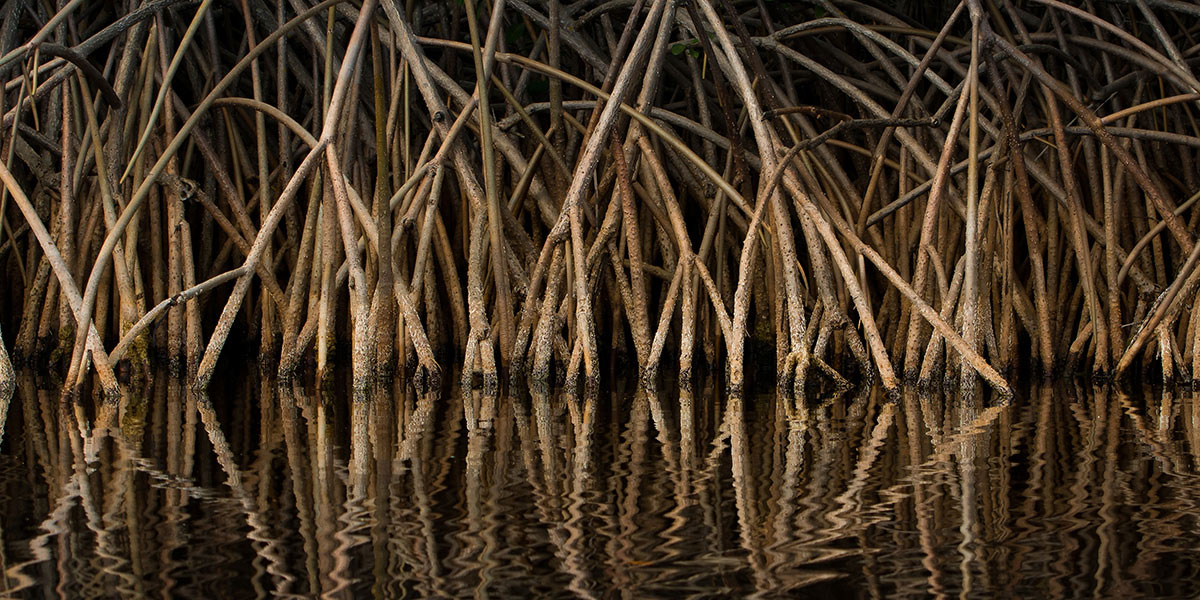Mangrove forests play a vital role in climate change mitigation, storing around 21 gigatons of carbon globally. They are biodiverse and home to 341 threatened species, including tigers and seahorses. Thriving along tropical coastlines, mangroves contribute significantly to marine ecosystems by supporting various aquatic life, including economically valuable fish species.
Aside from their ecological importance, the amphibian trees act as a natural barrier to storms and coastal erosion, as demonstrated by the 2004 Southeast Asian tsunami. Just a hectare of mangroves stores 3,754 tons of carbon annually – akin to removing 2,650 cars from the road for a year. This highlights their significance as UNESCO designates them as essential carbon sinks.
Considering their significance, mangrove habitats are decreasing at three to five times the rate of total forest loss. Coastal development, aquaculture, agriculture, and urbanisation all provide significant problems, accounting for more than 40% of total losses in some countries between 1980 and 2005.
These habitats, which account for 11.96% of the world’s coastline, face further challenges from increasing sea levels and conversion to other land uses. Mangrove depletion disrupts coastal populations that rely on fishing and emits substantial amounts of carbon, accounting for up to 10% of worldwide deforestation.

Prompt protective measures are essential to address the issue. Conservation efforts are already in place, led by international organisations such as the Global Mangrove Alliance and UNESCO, which conduct research, monitor, and implement initiatives. The “State of the World’s Mangroves 2021“ assessment underscores the urgency by identifying significant net losses in Southeast Asia and the Americas.
Despite a global decline of 6,057 square kilometres, countries such as Mexico, Indonesia, and Brazil have achieved great strides in mangrove conservation efforts. UNESCO’s initiatives, such as the Man and the Biosphere Program and the International Blue Carbon Initiative, as well as the classification of mangroves as World Heritage sites, offer hope for the survival of these threatened ecosystems.
Sources:
Disappearing Guardians | Nature inFocus
Impact of mangrove forest degradation on biodiversity and ecosystem functioning
Mangroves are disappearing – we read 200 scientific papers
Mangrove Ecosystem Conservation



